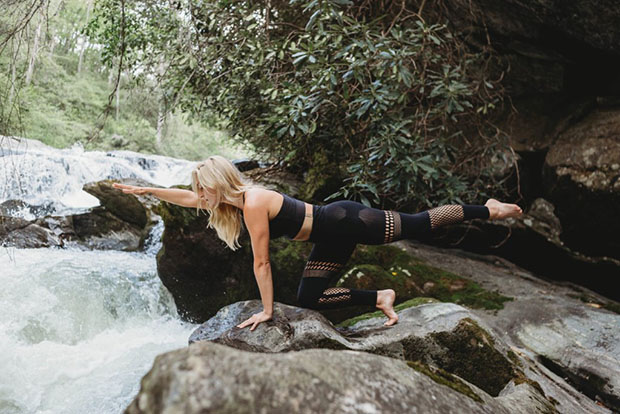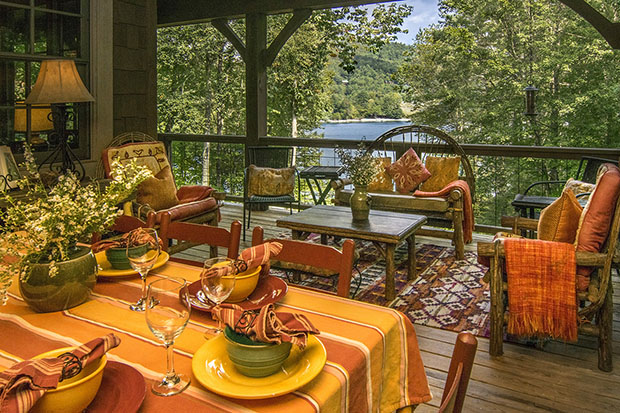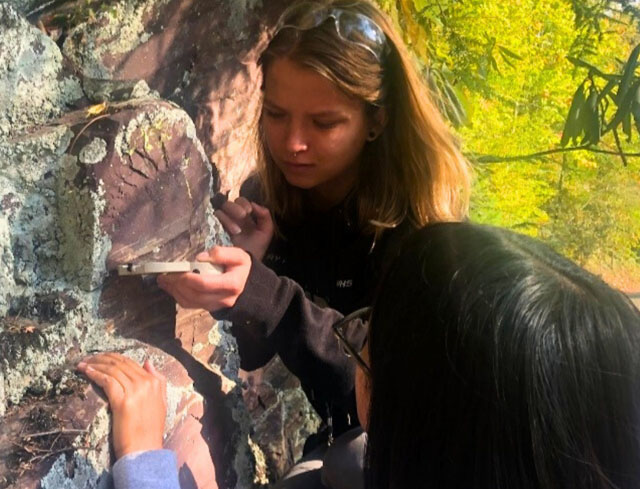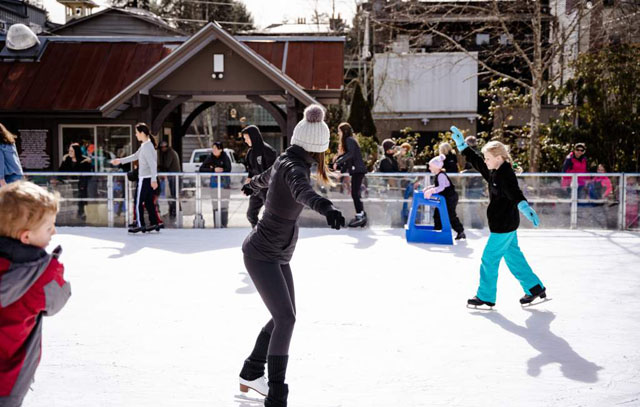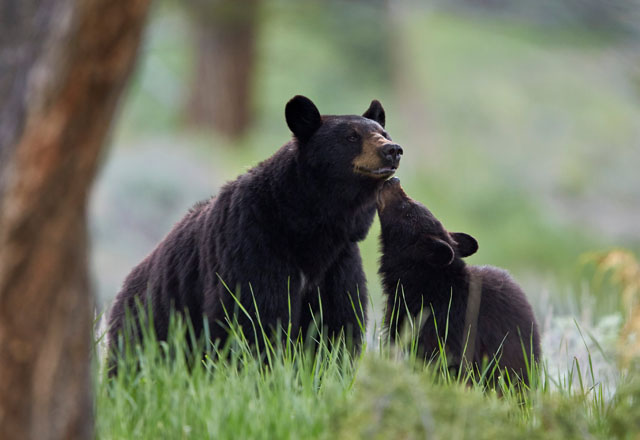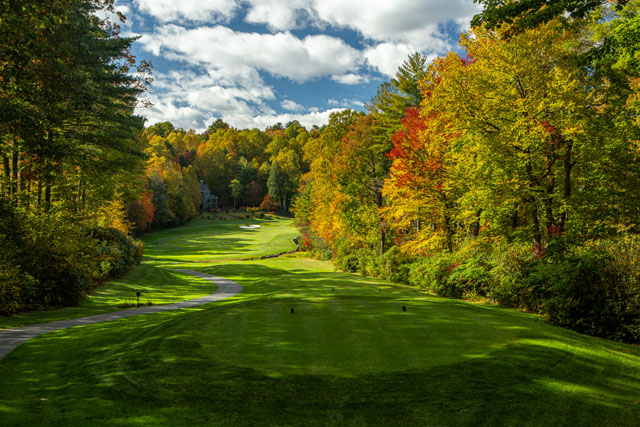Historical Hotels
02 Jun 2020
Tourist Accommodations of Long Ago
By Carol M. Bryson, Author and Historian
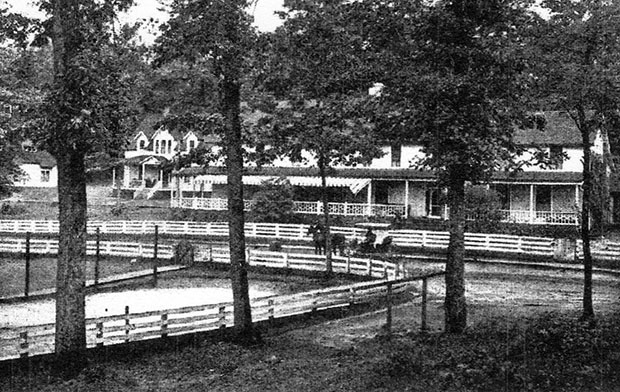
Privately owned boarding houses, similar to today's bed and breakfast inns, were the staple of the accommodations available for travelers wanting to come to the higher elevations of Western North Carolina, particularly in the communities of Highlands, Cashiers, Glenville and Toxaway. Boarding houses were the typical vacation lodging for travelers in these little mountain burgs, until the discovery of the region's great potential for enjoyment and relaxation by the northern investors and officers of the Western North Carolina Mining & Improvement Company in the early 1890s, and its subsequent title holder, The Toxaway Company. The railroad had arrived in Asheville and Brevard, and with that, the promise of more and more tourists coming to the higher elevations of the Blue Ridge Mountains. The group of investors acquired 13,000 acres in Jackson County and began building a hunting and fishing lodge in 1890 on the top of the Great Hogback Mountain at the Jackson-Transylvania County line. The Lodge offered dining, lodging and tremendous 360-degree long-range views. The horse and wagon access road is known today as Tower Road in Fairfield Sapphire Valley.
Next came the Sapphire Lodge in 1892 built by the same corporation on the shoreline of a new lake created by the damming up of the Horsepasture River. Guests enjoyed trout fishing, row boating, tennis and golf putting.
By 1896, The Toxaway Company holdings had increased to 26,000 acres taking in the former gold mining village of Georgetown. The corporation announced plans to build an elaborate Victorian Queen Anne style hotel, illuminated by electric lights and fitted with the finest of millwork and furnishings. The site was a gentle knoll facing the cliffside of Little Bald Rock. A dam was built, making a mirror-like lake at the toe of the inn's lawn. Opening the summer of 1898 as the Fairfield Inn, guests were met at the Brevard train depot with horse-drawn wagons with surrey tops and escorted to either inn the guests wished, either The Lodge on top of the Great Hogback Mountain, the Sapphire Inn or the brand-new Fairfield Inn. The popularity of the Fairfield Inn was so great, they expanded the building another 100 feet in 1900, adding 40 more guest rooms to the original 57.
The flourishing successes of the corporation's inns led to even more exciting plans to build an extension of the railroad from Brevard, up the steep mountain grades to a site within their new land acquisitions in Toxaway. By 1903 those railroad ties were laid and a new turnpike roadbed was constructed from Rosman on up to Toxaway. A new depot was opened right at the doorstep of the site. Their goal was to build an even grander hotel that would accommodate 300 guests in a lavish, luxurious style in an enormous five-story hotel built above the huge Toxaway Falls. A dam was built at the head of the Toxaway River, creating a 2.4-mile lake for the guests' enjoyment. Built to be one of the best hotels in the country, the top-notch gilded resort was complete with a dining hall convention center, a bar lounge, modern plumbing facilities, telephones, elaborate staircases, elevators, a separate bowling alley and year-around activities and concerts.
Now with three hotels in the upper Blue Ridge Mountains and a fourth in Brevard, the corporation advertised in newspapers across the country, touting relaxation, healthy air, hiking to waterfalls, the best in bass and trout fishing and beautiful mountain scenery. Sadly, the legacy of The Toxaway Inn lasted only for 13 years when torrents of rain from a nearby hurricane flooded the lake and burst a hole in the dam, sending a deluge of water and debris down the river all the way to South Carolina. The magnificent giant hotel closed down forever and was finally torn down after years of standing forlorn. The Fairfield Inn enjoyed a much longer run as a nationally known popular destination for 90 years; when it was demolished by a later corporation owner in 1987.

